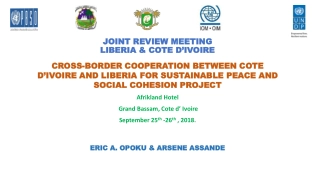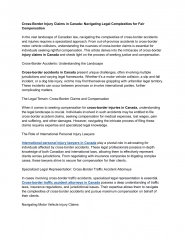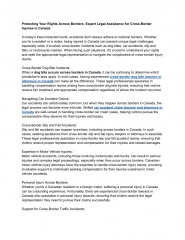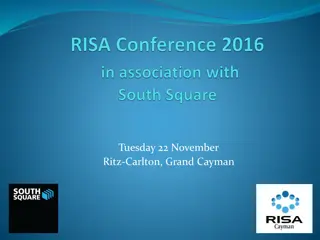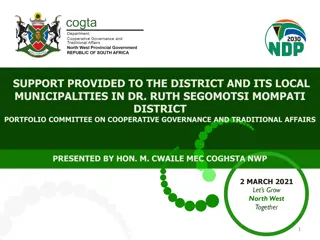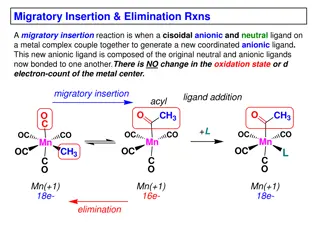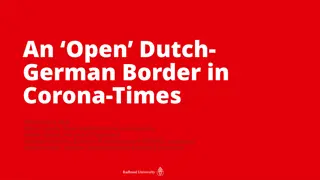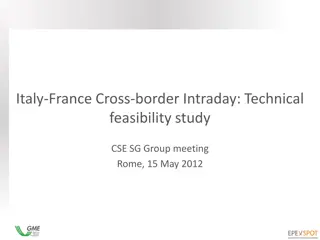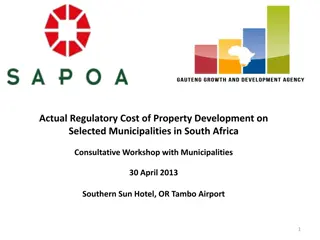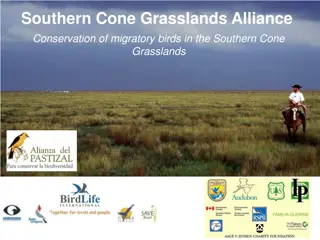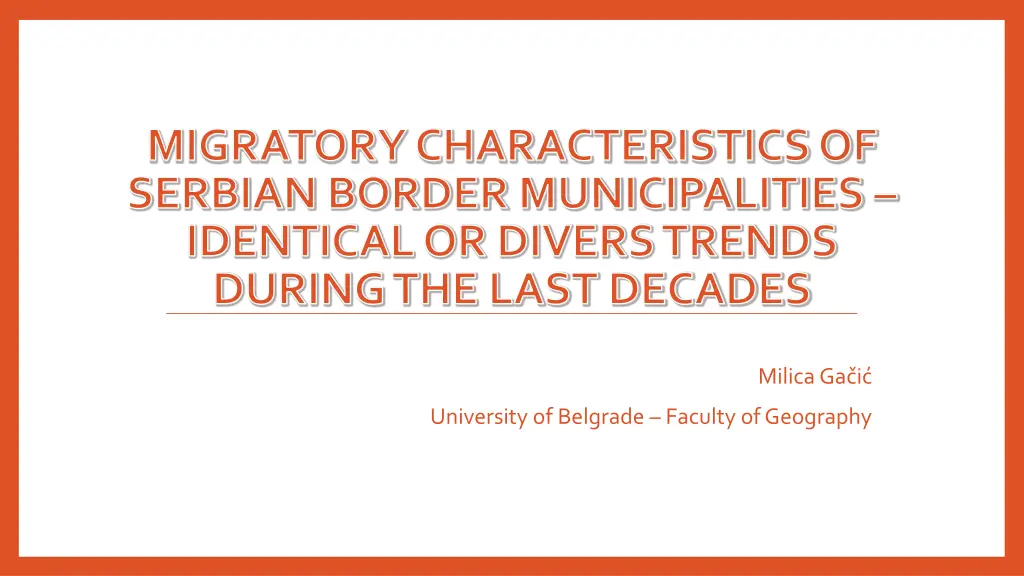
Migratory Trends in Serbian Border Municipalities Over the Last Decades
Discover the migratory characteristics of Serbian border municipalities and the trends observed over the past decades. Explore the impact of economic and non-economic factors on migration patterns, as well as the distribution of immigrants across different regions in Serbia.
Download Presentation

Please find below an Image/Link to download the presentation.
The content on the website is provided AS IS for your information and personal use only. It may not be sold, licensed, or shared on other websites without obtaining consent from the author. If you encounter any issues during the download, it is possible that the publisher has removed the file from their server.
You are allowed to download the files provided on this website for personal or commercial use, subject to the condition that they are used lawfully. All files are the property of their respective owners.
The content on the website is provided AS IS for your information and personal use only. It may not be sold, licensed, or shared on other websites without obtaining consent from the author.
E N D
Presentation Transcript
MIGRATORY CHARACTERISTICS OF SERBIAN BORDER MUNICIPALITIES IDENTICAL OR DIVERS TRENDS DURING THE LAST DECADES Milica Ga i University of Belgrade Faculty of Geography
The border municipalities affected by the negative migration trends recorded a decline in the number of inhabitants in the period 1981-2011. or at least one of the decades. The largest number of the municipalities hasa migration balance rate of -5 to -1. The annual rate of the migration balance The highest The lowest Crna Trava, Trgovi te, Babu nica, Surdulica, Bosilegrad, Sjenica, Prijepolje, Ljubovija, Ba , Nova Crnja, Plandi te, Bela Crkva, Dimitrovgrad, Priboj, ajetina, Bajina Ba ta Ba ka Palanka, Veliko Gradi te, U ice, Majdanpek 1981-1991 Ba ka Palanka, id, Sombor, Subotica, Novi Kne evac, Sremska Mitrovica, Apatin, Od aci, Bogati , abac, Bajina Ba ta, Plandi te Veliko Gradi te, Kladovo, Negotin, Tutin, Sjenica, Bela Crkva, Golubac, Majdanpek, Crna Trava, Trgovi te, Prijepolje, Priboj, ajetina, Babu nica, Surdulica, Bosilegrad, Ljubovija 1991-2002 Majdanpek, Crna Trava, Trgovi te, Tutin, Sjenica, Sremska Mitrovica, iti te, Se anj, Bela Crkva, Veliko Gradi te, Golubac, Babu nica, Surdulica, Bosilegrad, Prijepolje, Priboj, Ljubovija, Mali Zvornik, Loznica, id, Od aci 2002-2011 Ba , Vr ac, ajetina
In the last three intercensal periods most immigrants have been placed in the border municipalities of Vojvodina and Western Serbia. Less than 30% 30-40% 41-50% 51% and more No data` The emigration rates in almost all municipalities exceeded the annual rates of immigration, primarily in the southwestern and southeastern part of Serbia, and then in other parts. Most migrants within the borders of the same municipality were recorded in the least developed border municipalities, which had the smallest share of immigrants from other areas. In the period 2002-2011. the proportion of immigrants from other municipalities of the same and other areas increased in all border municipalities. In the last period, the share of immigrants from the former Yugoslavia significantly decreased compared to the previous period. The share of immigrants from other foreign countries is less than 10% in almost all municipalities, and in most less than 5%.
According to the period, economic factors had the dominant influence of on migratory movements, as well as "non-economic" especially in the second period. 300 200 100 apsolutni migacioni saldo The absolute migration balance 0 1981-1991 1991-2002 2002-2011 -100 stopa zaposlenosti (n*10) The employment rate (n*10) -200 -300 -400 The ratio of employment rates and migration balance -500 In the last period there abalancing ofopposite directions of migration was recorded. A negative migration balance is still present in the border municipalities, and has evened once different tendencies among some border municipalities.


